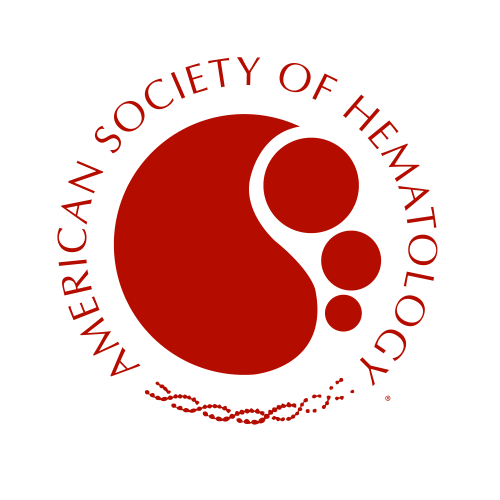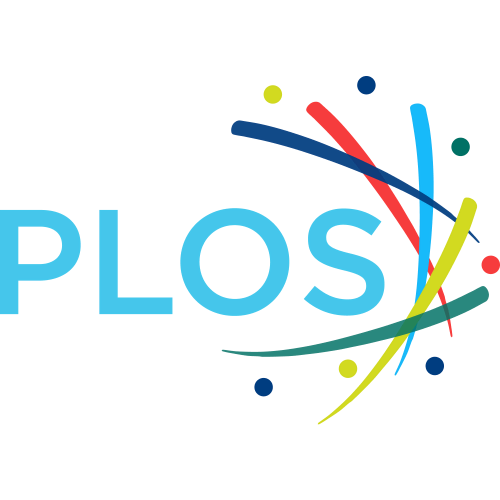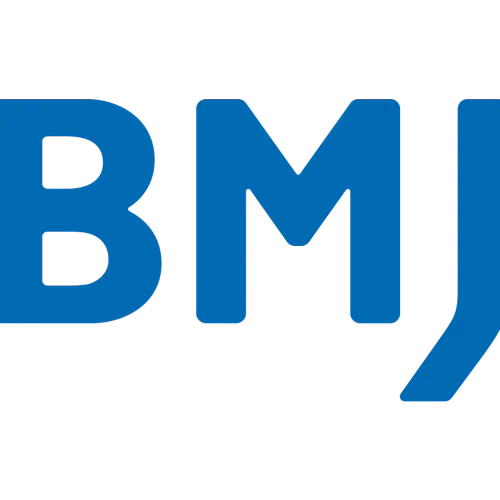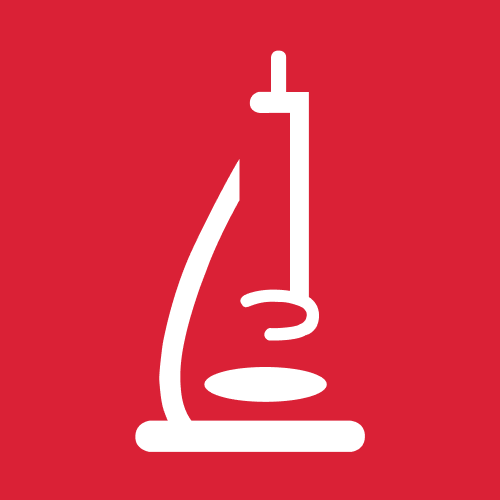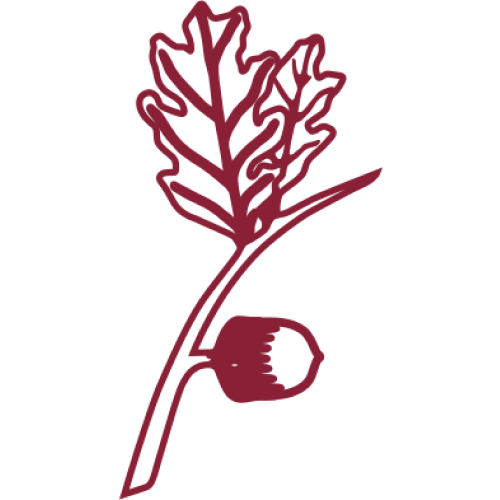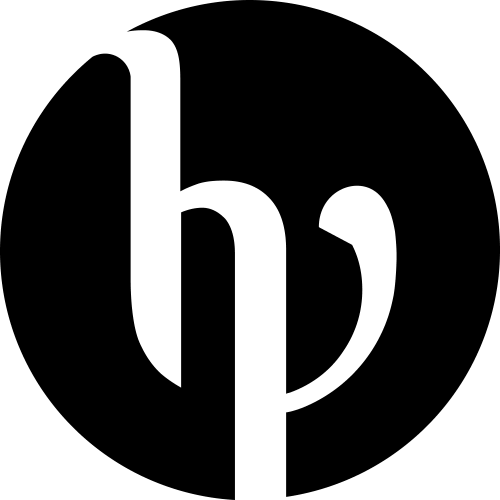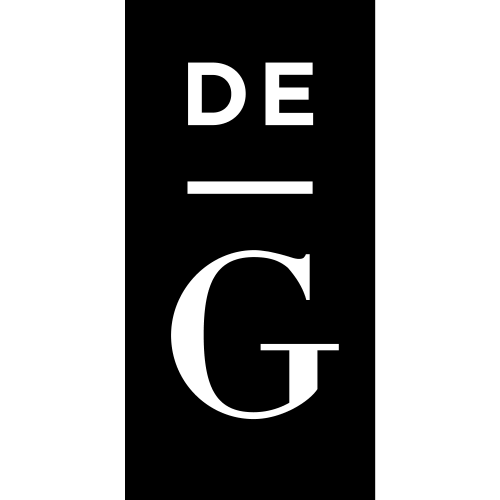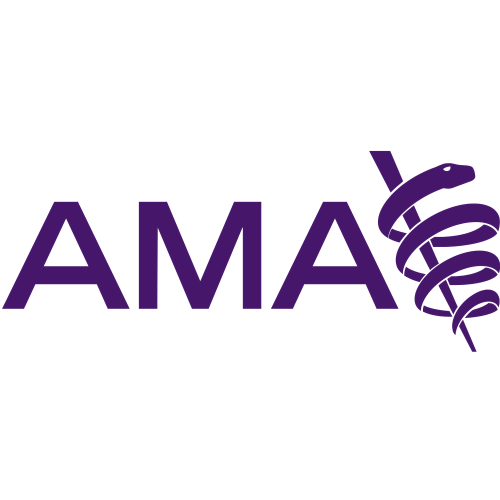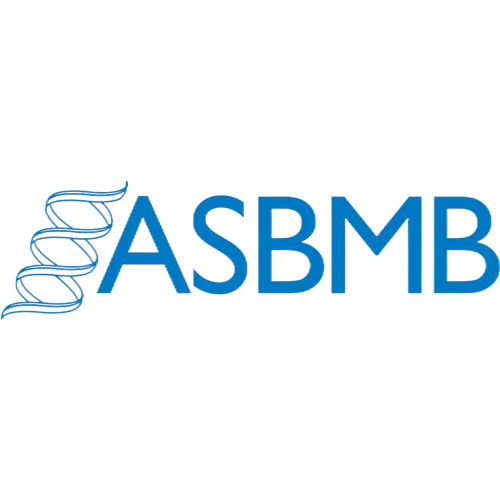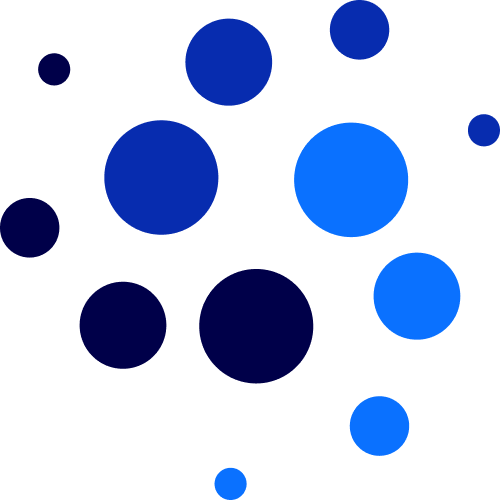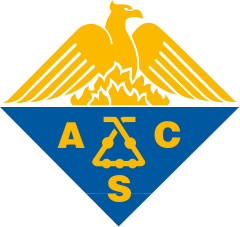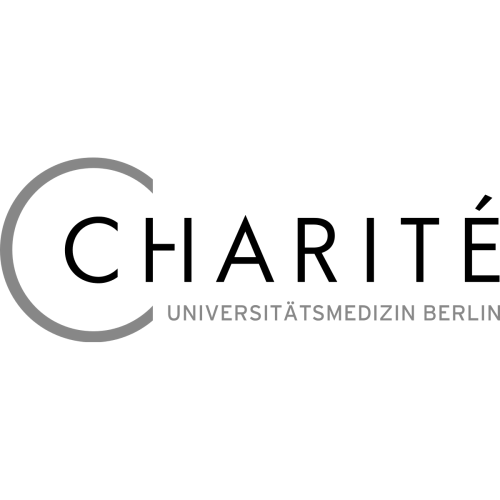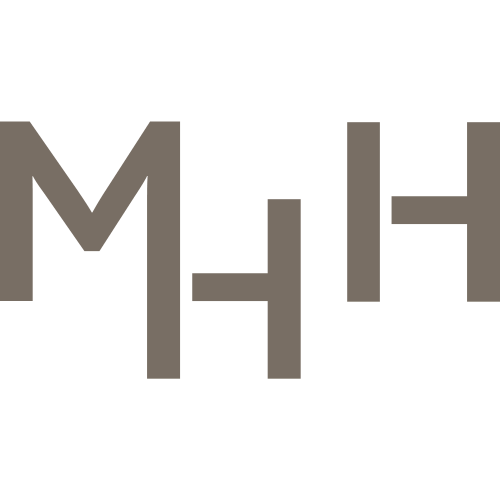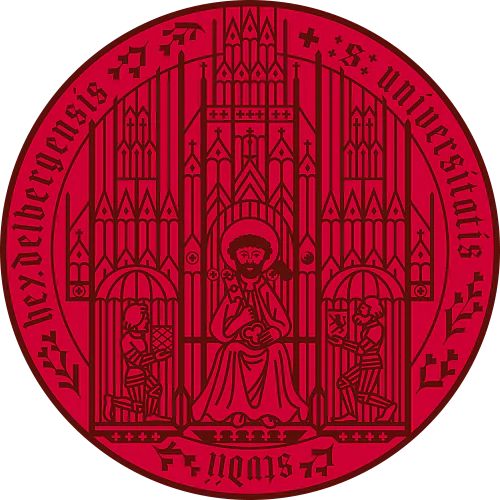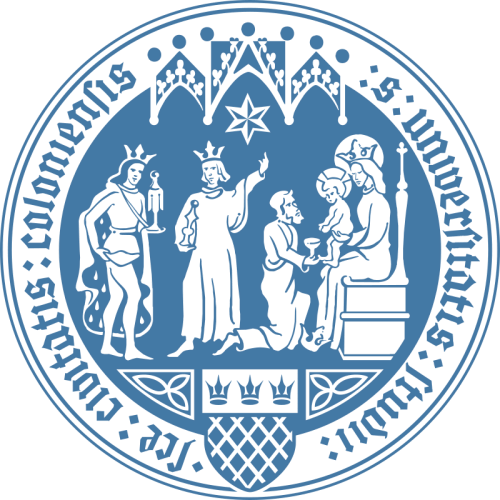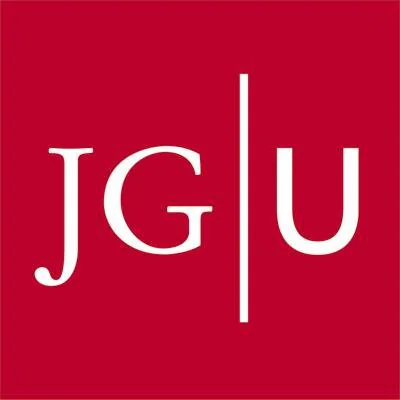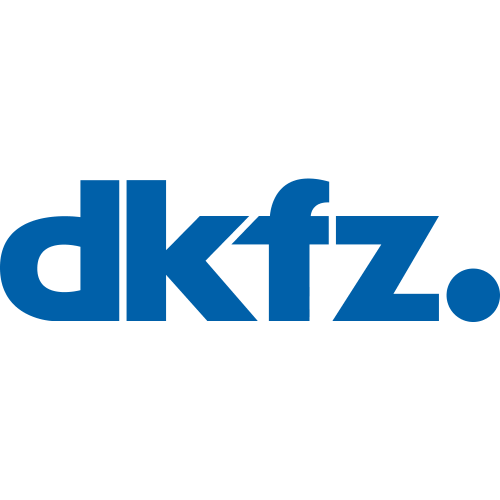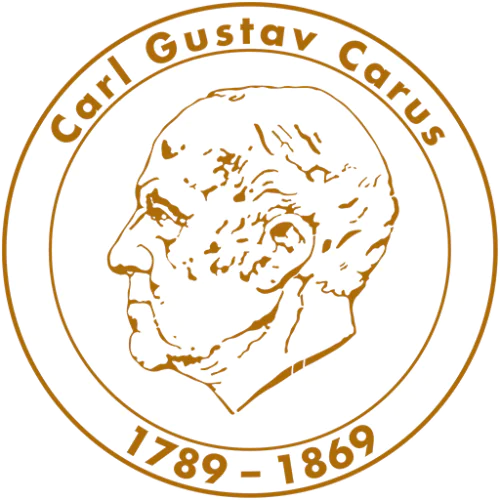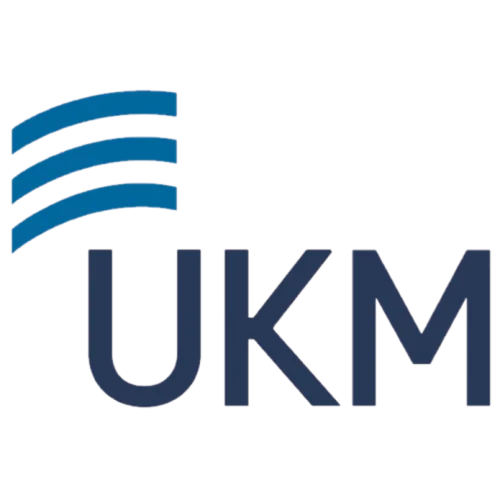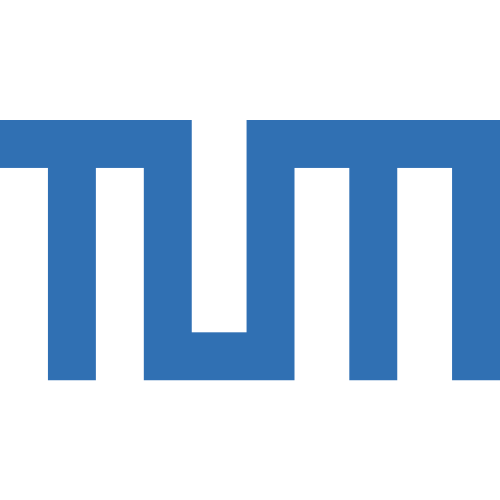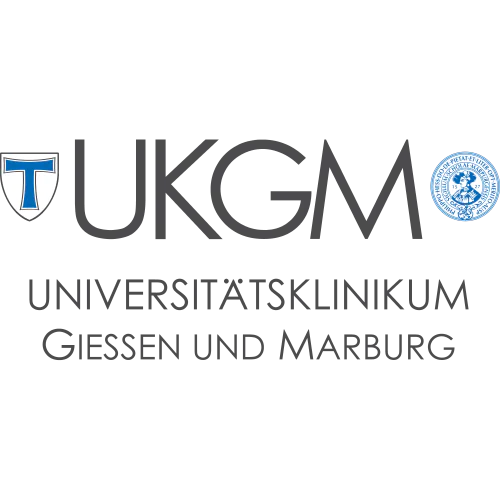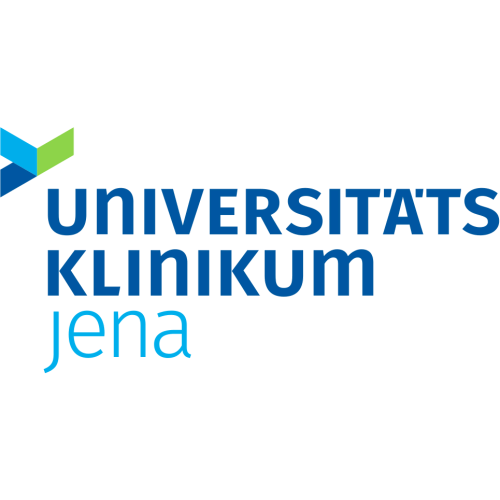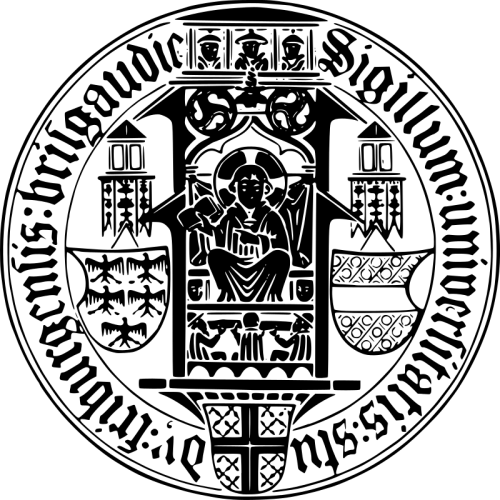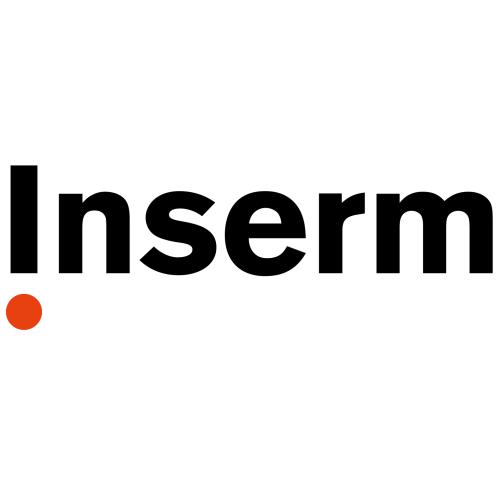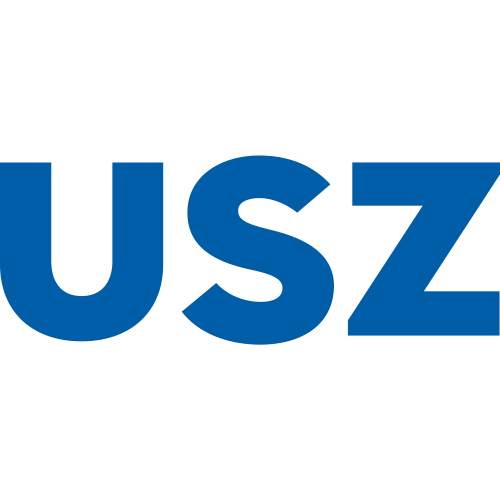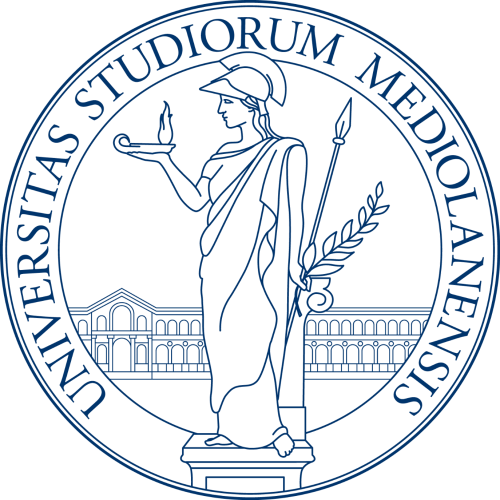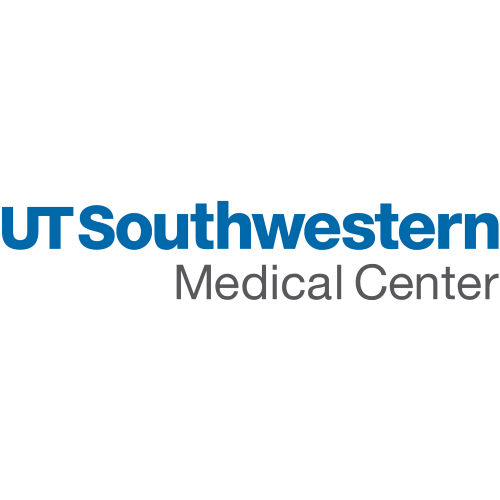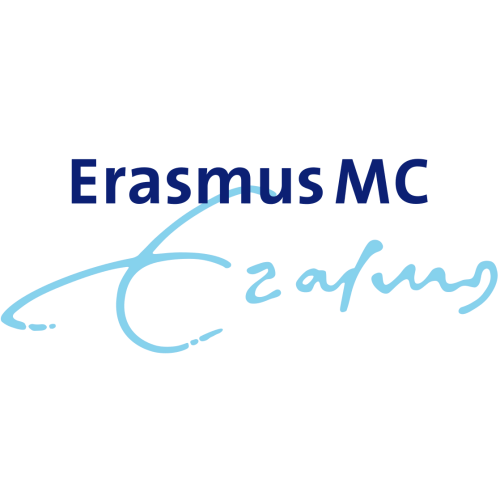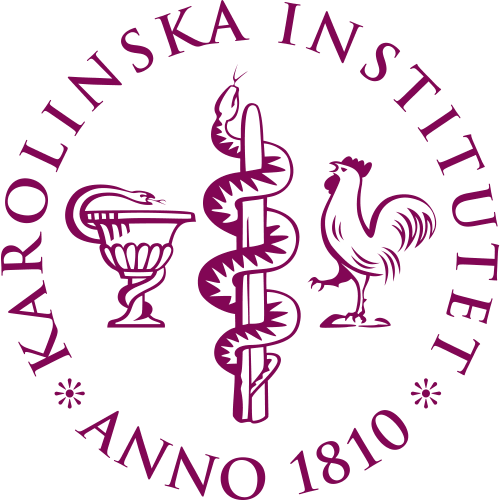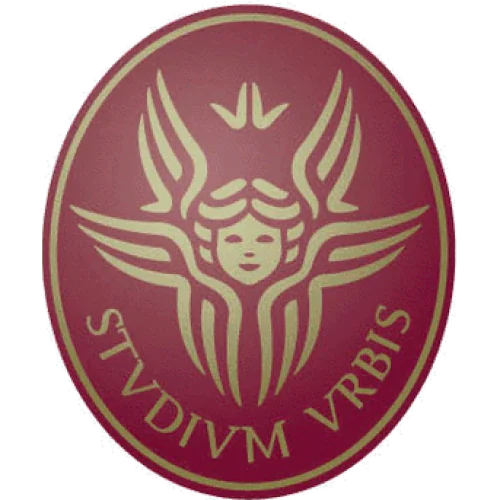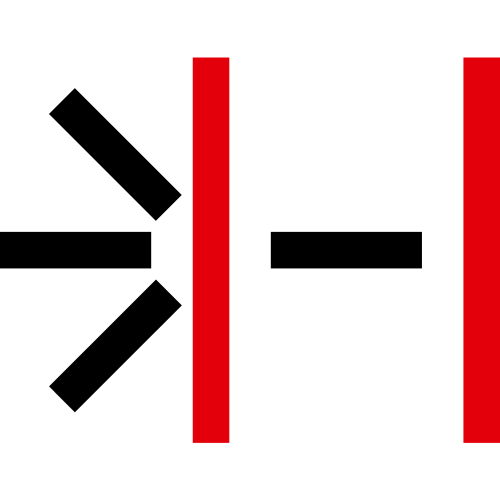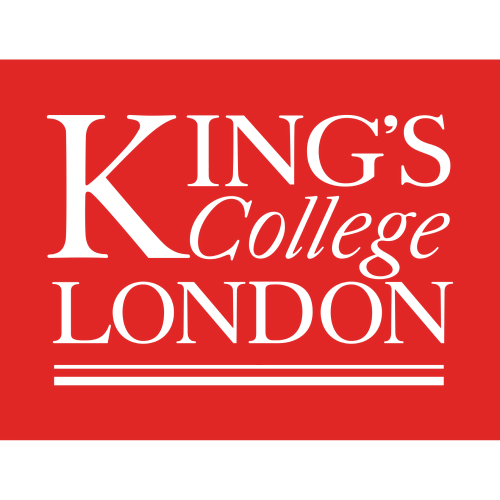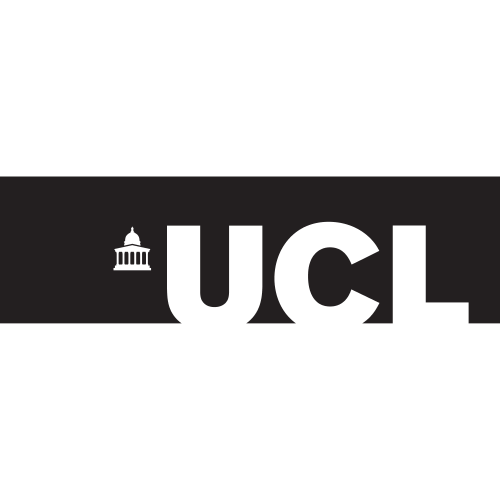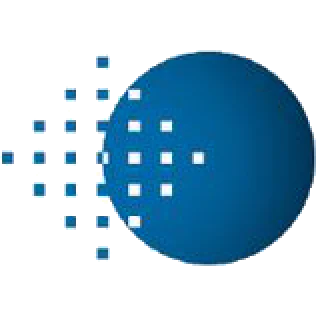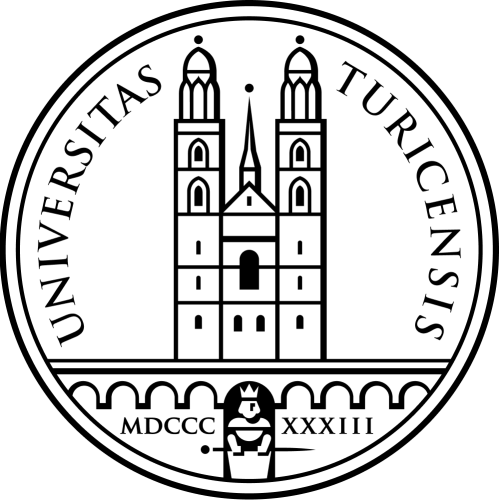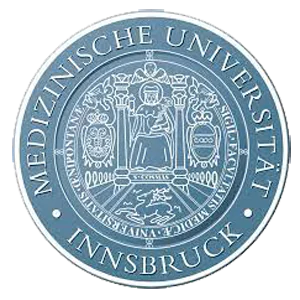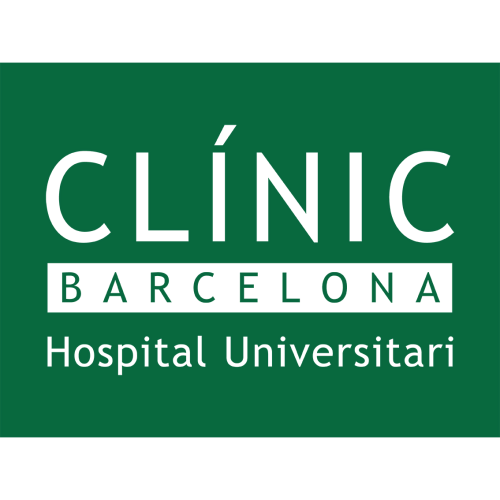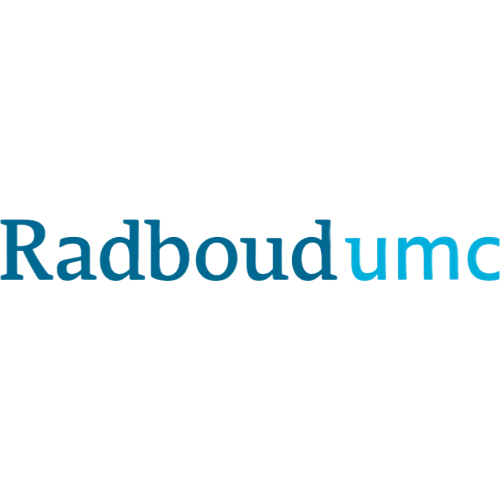University Hospital Frankfurt
Are you a researcher?
Create a profile to get free access to personal recommendations for colleagues and new articles.

Publications
13 075
Citations
322 044
h-index
208
Top-3 journals
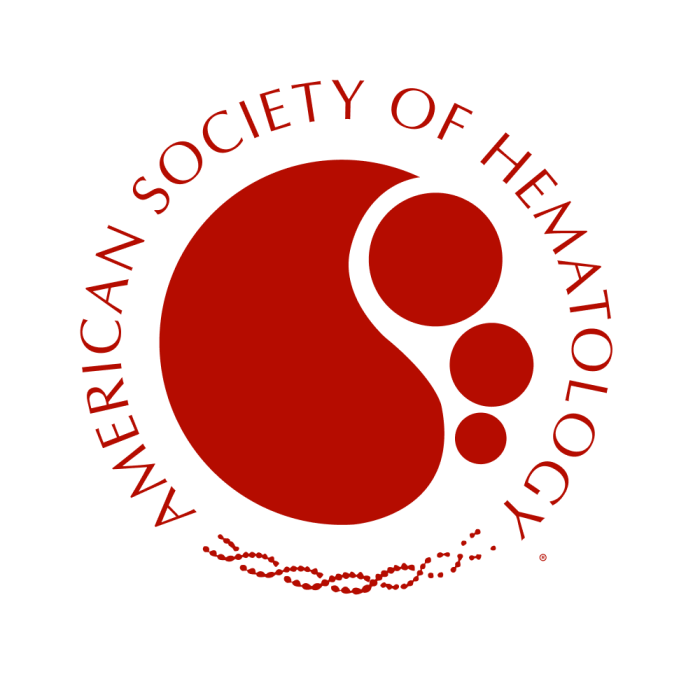
Blood
(527 publications)

Zeitschrift fur Gastroenterologie
(259 publications)

Laryngo- Rhino- Otologie
(251 publications)
Top-3 organizations

Goethe University Frankfurt
(1706 publications)
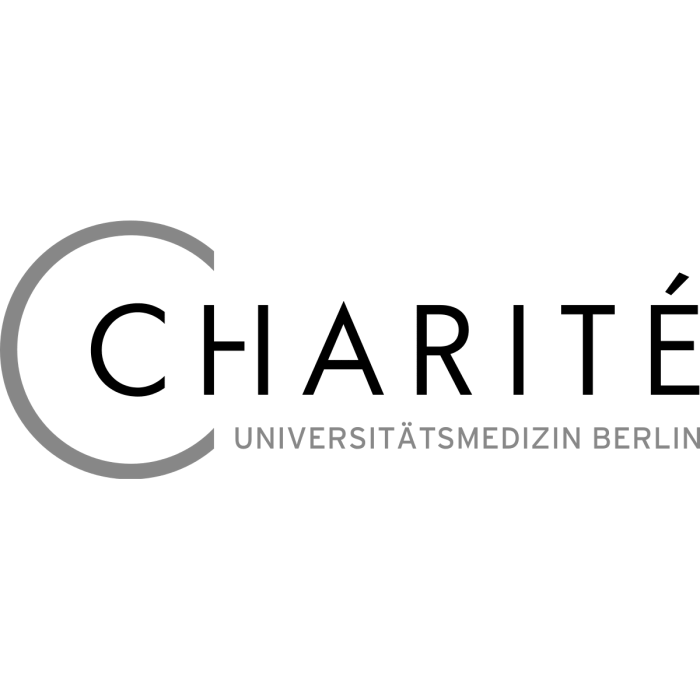
Charité - Universitätsmedizin Berlin
(1418 publications)

University Medical Center Hamburg-Eppendorf
(1115 publications)
Top-3 foreign organizations

Medical University of Vienna
(557 publications)
Istituti di Ricovero e Cura a Carattere Scientifico
(545 publications)

Ospedale San Raffaele
(401 publications)
Most cited in 5 years
Found
Nothing found, try to update filter.
Found
Nothing found, try to update filter.
Since 1966
Total publications
13075
Total citations
322044
Citations per publication
24.63
Average publications per year
214.34
Average authors per publication
14.11
h-index
208
Metrics description
h-index
A scientist has an h-index if h of his N publications are cited at least h times each, while the remaining (N - h) publications are cited no more than h times each.
Top-30
Fields of science
|
200
400
600
800
1000
1200
1400
1600
1800
2000
|
|
|
General Medicine
|
General Medicine, 1991, 15.23%
General Medicine
1991 publications, 15.23%
|
|
Oncology
|
Oncology, 1436, 10.98%
Oncology
1436 publications, 10.98%
|
|
Hematology
|
Hematology, 1271, 9.72%
Hematology
1271 publications, 9.72%
|
|
Immunology
|
Immunology, 970, 7.42%
Immunology
970 publications, 7.42%
|
|
Cancer Research
|
Cancer Research, 940, 7.19%
Cancer Research
940 publications, 7.19%
|
|
Radiology, Nuclear Medicine and imaging
|
Radiology, Nuclear Medicine and imaging, 801, 6.13%
Radiology, Nuclear Medicine and imaging
801 publications, 6.13%
|
|
Cell Biology
|
Cell Biology, 789, 6.03%
Cell Biology
789 publications, 6.03%
|
|
Surgery
|
Surgery, 784, 6%
Surgery
784 publications, 6%
|
|
Biochemistry
|
Biochemistry, 774, 5.92%
Biochemistry
774 publications, 5.92%
|
|
Cardiology and Cardiovascular Medicine
|
Cardiology and Cardiovascular Medicine, 756, 5.78%
Cardiology and Cardiovascular Medicine
756 publications, 5.78%
|
|
Neurology (clinical)
|
Neurology (clinical), 653, 4.99%
Neurology (clinical)
653 publications, 4.99%
|
|
Infectious Diseases
|
Infectious Diseases, 491, 3.76%
Infectious Diseases
491 publications, 3.76%
|
|
Immunology and Allergy
|
Immunology and Allergy, 459, 3.51%
Immunology and Allergy
459 publications, 3.51%
|
|
Gastroenterology
|
Gastroenterology, 420, 3.21%
Gastroenterology
420 publications, 3.21%
|
|
Molecular Biology
|
Molecular Biology, 400, 3.06%
Molecular Biology
400 publications, 3.06%
|
|
Pharmacology (medical)
|
Pharmacology (medical), 388, 2.97%
Pharmacology (medical)
388 publications, 2.97%
|
|
Psychiatry and Mental health
|
Psychiatry and Mental health, 381, 2.91%
Psychiatry and Mental health
381 publications, 2.91%
|
|
Hepatology
|
Hepatology, 364, 2.78%
Hepatology
364 publications, 2.78%
|
|
Urology
|
Urology, 364, 2.78%
Urology
364 publications, 2.78%
|
|
Neurology
|
Neurology, 343, 2.62%
Neurology
343 publications, 2.62%
|
|
Pharmacology
|
Pharmacology, 312, 2.39%
Pharmacology
312 publications, 2.39%
|
|
Multidisciplinary
|
Multidisciplinary, 285, 2.18%
Multidisciplinary
285 publications, 2.18%
|
|
Pediatrics, Perinatology and Child Health
|
Pediatrics, Perinatology and Child Health, 280, 2.14%
Pediatrics, Perinatology and Child Health
280 publications, 2.14%
|
|
Pulmonary and Respiratory Medicine
|
Pulmonary and Respiratory Medicine, 268, 2.05%
Pulmonary and Respiratory Medicine
268 publications, 2.05%
|
|
Dermatology
|
Dermatology, 266, 2.03%
Dermatology
266 publications, 2.03%
|
|
Microbiology (medical)
|
Microbiology (medical), 254, 1.94%
Microbiology (medical)
254 publications, 1.94%
|
|
Genetics
|
Genetics, 243, 1.86%
Genetics
243 publications, 1.86%
|
|
Pathology and Forensic Medicine
|
Pathology and Forensic Medicine, 226, 1.73%
Pathology and Forensic Medicine
226 publications, 1.73%
|
|
Critical Care and Intensive Care Medicine
|
Critical Care and Intensive Care Medicine, 189, 1.45%
Critical Care and Intensive Care Medicine
189 publications, 1.45%
|
|
Orthopedics and Sports Medicine
|
Orthopedics and Sports Medicine, 177, 1.35%
Orthopedics and Sports Medicine
177 publications, 1.35%
|
|
200
400
600
800
1000
1200
1400
1600
1800
2000
|
Journals
|
100
200
300
400
500
600
|
|
|
Blood
527 publications, 4.03%
|
|
|
Zeitschrift fur Gastroenterologie
259 publications, 1.98%
|
|
|
Laryngo- Rhino- Otologie
251 publications, 1.92%
|
|
|
Journal of Clinical Oncology
182 publications, 1.39%
|
|
|
PLoS ONE
150 publications, 1.15%
|
|
|
Journal of Clinical Medicine
120 publications, 0.92%
|
|
|
Neuro-Oncology
118 publications, 0.9%
|
|
|
Scientific Reports
113 publications, 0.86%
|
|
|
Annals of Oncology
111 publications, 0.85%
|
|
|
European Radiology
104 publications, 0.8%
|
|
|
Journal of Hepatology
101 publications, 0.77%
|
|
|
RoFo Fortschritte auf dem Gebiet der Rontgenstrahlen und der Bildgebenden Verfahren
97 publications, 0.74%
|
|
|
JDDG - Journal of the German Society of Dermatology
97 publications, 0.74%
|
|
|
Cancers
97 publications, 0.74%
|
|
|
European Heart Journal
82 publications, 0.63%
|
|
|
International Journal of Molecular Sciences
78 publications, 0.6%
|
|
|
Leukemia
77 publications, 0.59%
|
|
|
Orthopädie und Unfallchirurgie
75 publications, 0.57%
|
|
|
Frontiers in Immunology
72 publications, 0.55%
|
|
|
Hamostaseologie
71 publications, 0.54%
|
|
|
European Journal of Trauma and Emergency Surgery
66 publications, 0.5%
|
|
|
Der Urologe
64 publications, 0.49%
|
|
|
European Journal of Radiology
61 publications, 0.47%
|
|
|
Haemophilia
59 publications, 0.45%
|
|
|
Journal of Allergy and Clinical Immunology
58 publications, 0.44%
|
|
|
Cancer Research
57 publications, 0.44%
|
|
|
Urologic Oncology: Seminars and Original Investigations
54 publications, 0.41%
|
|
|
Infection
53 publications, 0.41%
|
|
|
World Journal of Urology
53 publications, 0.41%
|
|
|
European Journal of Cancer
52 publications, 0.4%
|
|
|
100
200
300
400
500
600
|
Publishers
|
500
1000
1500
2000
2500
3000
3500
4000
|
|
|
Springer Nature
3575 publications, 27.34%
|
|
|
Elsevier
2582 publications, 19.75%
|
|
|
Wiley
1355 publications, 10.36%
|
|
|
Georg Thieme Verlag KG
1284 publications, 9.82%
|
|
|
MDPI
563 publications, 4.31%
|
|
|
American Society of Hematology
558 publications, 4.27%
|
|
|
Oxford University Press
535 publications, 4.09%
|
|
|
Ovid Technologies (Wolters Kluwer Health)
345 publications, 2.64%
|
|
|
Frontiers Media S.A.
284 publications, 2.17%
|
|
|
American Society of Clinical Oncology (ASCO)
190 publications, 1.45%
|
|
|
Taylor & Francis
184 publications, 1.41%
|
|
|
S. Karger AG
183 publications, 1.4%
|
|
|
Public Library of Science (PLoS)
163 publications, 1.25%
|
|
|
SAGE
155 publications, 1.19%
|
|
|
American Association for Cancer Research (AACR)
87 publications, 0.67%
|
|
|
BMJ
85 publications, 0.65%
|
|
|
American Society for Microbiology
61 publications, 0.47%
|
|
|
Mary Ann Liebert
49 publications, 0.37%
|
|
|
Hindawi Limited
46 publications, 0.35%
|
|
|
Hogrefe Publishing Group
43 publications, 0.33%
|
|
|
Walter de Gruyter
39 publications, 0.3%
|
|
|
American Medical Association (AMA)
38 publications, 0.29%
|
|
|
American Society for Biochemistry and Molecular Biology
32 publications, 0.24%
|
|
|
AME Publishing Company
29 publications, 0.22%
|
|
|
Cambridge University Press
28 publications, 0.21%
|
|
|
American Roentgen Ray Society
23 publications, 0.18%
|
|
|
IOS Press
22 publications, 0.17%
|
|
|
American Chemical Society (ACS)
22 publications, 0.17%
|
|
|
Impact Journals
22 publications, 0.17%
|
|
|
Edizioni Minerva Medica
22 publications, 0.17%
|
|
|
500
1000
1500
2000
2500
3000
3500
4000
|
With other organizations
|
200
400
600
800
1000
1200
1400
1600
1800
|
|
|
Goethe University Frankfurt
1706 publications, 13.05%
|
|
|
Charité - Universitätsmedizin Berlin
1418 publications, 10.85%
|
|
|
University Medical Center Hamburg-Eppendorf
1115 publications, 8.53%
|
|
|
Ludwig Maximilian University of Munich
833 publications, 6.37%
|
|
|
University Hospital Schleswig-Holstein
819 publications, 6.26%
|
|
|
Hannover Medical School
750 publications, 5.74%
|
|
|
University Hospital Heidelberg
748 publications, 5.72%
|
|
|
Heidelberg University
690 publications, 5.28%
|
|
|
Essen University Hospital
678 publications, 5.19%
|
|
|
Cologne University Hospital
658 publications, 5.03%
|
|
|
University Medical Center of the Johannes Gutenberg University Mainz
657 publications, 5.02%
|
|
|
German Cancer Research Center
641 publications, 4.9%
|
|
|
University Hospital Carl Gustav Carus
566 publications, 4.33%
|
|
|
Medical University of Vienna
557 publications, 4.26%
|
|
|
Istituti di Ricovero e Cura a Carattere Scientifico
545 publications, 4.17%
|
|
|
University Hospital Münster
545 publications, 4.17%
|
|
|
University Hospital Bonn
527 publications, 4.03%
|
|
|
Technische Universität Dresden
522 publications, 3.99%
|
|
|
University Hospital Würzburg
519 publications, 3.97%
|
|
|
Technical University of Munich
501 publications, 3.83%
|
|
|
University Hospital Tübingen
481 publications, 3.68%
|
|
|
University Hospital Erlangen
449 publications, 3.43%
|
|
|
University Hospital of Giessen and Marburg
446 publications, 3.41%
|
|
|
University Hospital Leipzig
424 publications, 3.24%
|
|
|
Ospedale San Raffaele
401 publications, 3.07%
|
|
|
Jena University Hospital
399 publications, 3.05%
|
|
|
Albert Ludwig University of Freiburg
391 publications, 2.99%
|
|
|
University Hospital Aachen
390 publications, 2.98%
|
|
|
University Hospital Ulm
374 publications, 2.86%
|
|
|
Philipps University of Marburg
372 publications, 2.85%
|
|
|
200
400
600
800
1000
1200
1400
1600
1800
|
With foreign organizations
|
100
200
300
400
500
600
|
|
|
Medical University of Vienna
557 publications, 4.26%
|
|
|
Istituti di Ricovero e Cura a Carattere Scientifico
545 publications, 4.17%
|
|
|
Ospedale San Raffaele
401 publications, 3.07%
|
|
|
French Institute of Health and Medical Research
364 publications, 2.78%
|
|
|
Université de Montréal
363 publications, 2.78%
|
|
|
University Hospital of Zürich
312 publications, 2.39%
|
|
|
Harvard University
251 publications, 1.92%
|
|
|
Cornell University
245 publications, 1.87%
|
|
|
University of Milan
228 publications, 1.74%
|
|
|
University of Texas Southwestern Medical Center
219 publications, 1.67%
|
|
|
Amsterdam University Medical Center
210 publications, 1.61%
|
|
|
Erasmus University Medical Center
207 publications, 1.58%
|
|
|
University of Naples Federico II
204 publications, 1.56%
|
|
|
Paris Cité University
204 publications, 1.56%
|
|
|
Medical University of Graz
203 publications, 1.55%
|
|
|
Karolinska Institute
199 publications, 1.52%
|
|
|
Sapienza University of Rome
197 publications, 1.51%
|
|
|
University Hospital of Basel
181 publications, 1.38%
|
|
|
King's College London
173 publications, 1.32%
|
|
|
University College London
172 publications, 1.32%
|
|
|
European Institute of Oncology
165 publications, 1.26%
|
|
|
University Medical Center Utrecht
164 publications, 1.25%
|
|
|
University of Zurich
162 publications, 1.24%
|
|
|
University of Toronto
158 publications, 1.21%
|
|
|
Innsbruck Medical University
155 publications, 1.19%
|
|
|
University Hospital of Bern
145 publications, 1.11%
|
|
|
Al-Ahliyya Amman University
140 publications, 1.07%
|
|
|
Charles University
140 publications, 1.07%
|
|
|
Hospital Clínic de Barcelona
140 publications, 1.07%
|
|
|
Radboud University Nijmegen Medical Centre
136 publications, 1.04%
|
|
|
100
200
300
400
500
600
|
With other countries
|
200
400
600
800
1000
1200
1400
1600
1800
2000
|
|
|
USA
|
USA, 1949, 14.91%
USA
1949 publications, 14.91%
|
|
Italy
|
Italy, 1390, 10.63%
Italy
1390 publications, 10.63%
|
|
Switzerland
|
Switzerland, 1153, 8.82%
Switzerland
1153 publications, 8.82%
|
|
United Kingdom
|
United Kingdom, 1149, 8.79%
United Kingdom
1149 publications, 8.79%
|
|
Austria
|
Austria, 992, 7.59%
Austria
992 publications, 7.59%
|
|
France
|
France, 891, 6.81%
France
891 publications, 6.81%
|
|
Netherlands
|
Netherlands, 878, 6.72%
Netherlands
878 publications, 6.72%
|
|
Spain
|
Spain, 742, 5.67%
Spain
742 publications, 5.67%
|
|
Canada
|
Canada, 741, 5.67%
Canada
741 publications, 5.67%
|
|
Belgium
|
Belgium, 495, 3.79%
Belgium
495 publications, 3.79%
|
|
Australia
|
Australia, 401, 3.07%
Australia
401 publications, 3.07%
|
|
Sweden
|
Sweden, 365, 2.79%
Sweden
365 publications, 2.79%
|
|
Denmark
|
Denmark, 358, 2.74%
Denmark
358 publications, 2.74%
|
|
Poland
|
Poland, 270, 2.07%
Poland
270 publications, 2.07%
|
|
Japan
|
Japan, 253, 1.93%
Japan
253 publications, 1.93%
|
|
China
|
China, 251, 1.92%
China
251 publications, 1.92%
|
|
Czech Republic
|
Czech Republic, 243, 1.86%
Czech Republic
243 publications, 1.86%
|
|
Russia
|
Russia, 229, 1.75%
Russia
229 publications, 1.75%
|
|
Norway
|
Norway, 201, 1.54%
Norway
201 publications, 1.54%
|
|
Israel
|
Israel, 194, 1.48%
Israel
194 publications, 1.48%
|
|
Greece
|
Greece, 186, 1.42%
Greece
186 publications, 1.42%
|
|
Turkey
|
Turkey, 186, 1.42%
Turkey
186 publications, 1.42%
|
|
Ireland
|
Ireland, 168, 1.28%
Ireland
168 publications, 1.28%
|
|
Hungary
|
Hungary, 132, 1.01%
Hungary
132 publications, 1.01%
|
|
Jordan
|
Jordan, 129, 0.99%
Jordan
129 publications, 0.99%
|
|
Portugal
|
Portugal, 125, 0.96%
Portugal
125 publications, 0.96%
|
|
Finland
|
Finland, 125, 0.96%
Finland
125 publications, 0.96%
|
|
Brazil
|
Brazil, 122, 0.93%
Brazil
122 publications, 0.93%
|
|
Romania
|
Romania, 116, 0.89%
Romania
116 publications, 0.89%
|
|
200
400
600
800
1000
1200
1400
1600
1800
2000
|
- We do not take into account publications without a DOI.
- Statistics recalculated daily.
- Publications published earlier than 1966 are ignored in the statistics.
- The horizontal charts show the 30 top positions.
- Journals quartiles values are relevant at the moment.


